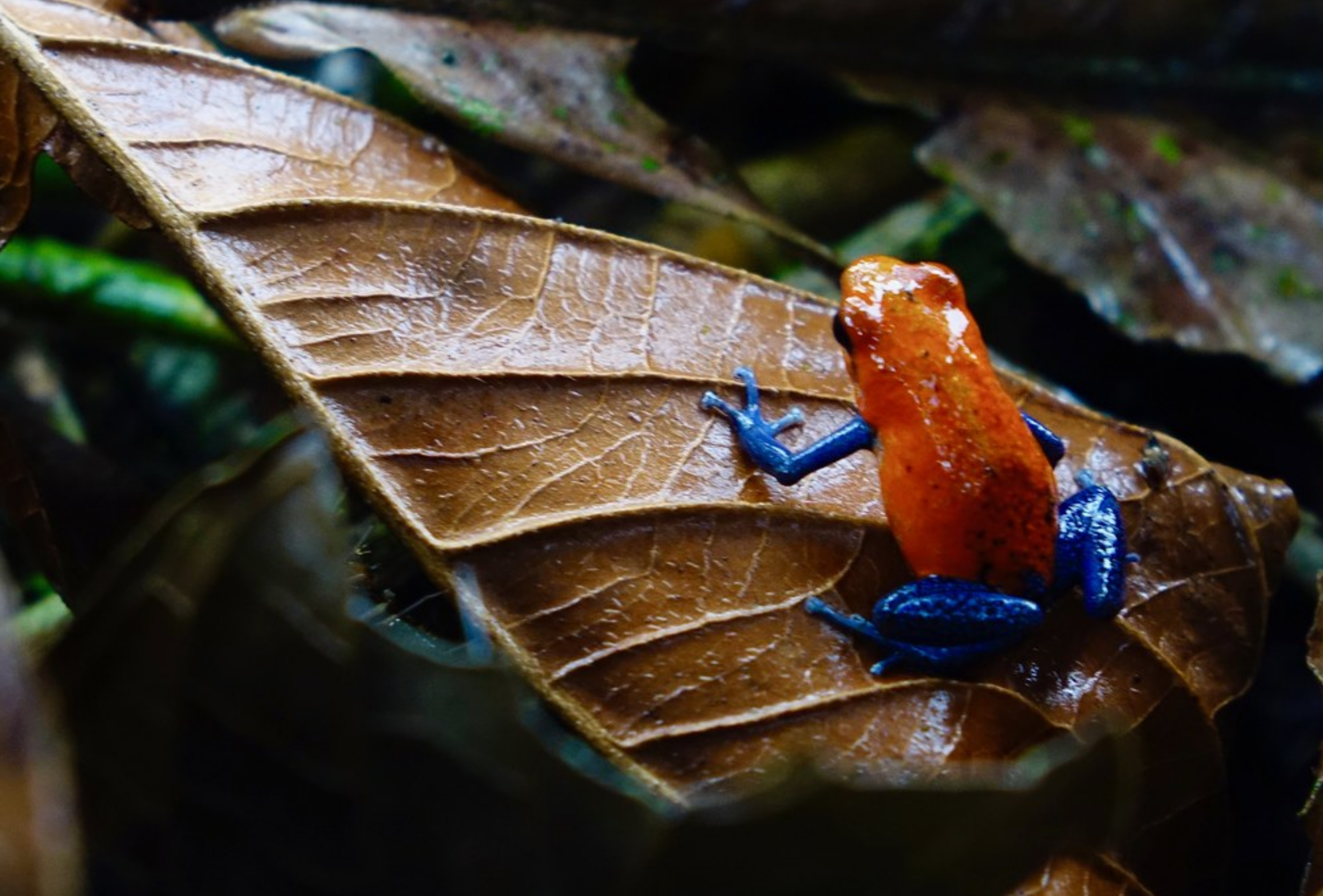
As I have learned about the social life of trees and the intimate bonds that indigenous peoples have with various lifeforms and rivers -- as I pore through recent ecophilosophy that explains aliveness to the western mind -- I’ve concluded: We really ought to be talking more about animism and commoning.
Scientific rationalism and economistic thinking may be the dominant forces of our time, but they aren't so good at creating social purpose and meaning. Which may help explain why evidence of a new animism keeps popping up as a way to re-enchant the world, often finding its voice through commoning. This should not be too surprising, suggests ecophilosopher Andreas Weber, because the biology of life points to reality itself as a commons.
Commons are realms of life defined by organic wholeness and relationality. They stand in stark contrast to a modern world whose hallmark is separation -- the separation of humans from “nature”; of individuals from each other; and a separation between our minds and our bodies.
To be sure, animism has a problematic history. Early anthropologists generally projected their own worldviews onto tribal peoples, denigrating them as backward. As staunch Cartesians and moderns, they saw body and mind as utterly separate. So anyone who ascribed a living presence to animals, mountains and natural forces could only be seen as "primitive" and "superstitious."
But today’s animism (as seen through western eyes) is different. It sees the experience of life as a dynamic conversation among the creatures and natural systems of the Earth. It is about surrendering an anthrocentric vision and seeing the world as “full of persons, only some of whom are human,” in which “life is always lived in relationship with others,” as religious studies scholar Graham Harvey has put it. Animism is “concerned with learning how to be a good person in respectful relationships with other persons.” It resembles the “I-thou” relationship of respectful presence proposed by theologian Martin Buber.
For me, two recent readings have brought animism into sharper focus for me.
The first is a piece in The Guardian by British nature writer Robert Macfarlane (November 2, 2019) that points to “new animism” on the rise. He starts by mentioning a number of “rights of nature” laws that have been enacted around the world. Ecuador and Bolivia are the the most famous cases, but did you realize that the City of Toledo, Ohio – on the banks of Lake Erie – approved a referendum in 2019 that gives “legal personhood” to that troubled lake? Lake Erie now joins the Ganges and Yamuna rivers in India and the Whanganui River in New Zealand in enjoying legal standing in their respective nation-states.
Macfarlane explains the significance of the Lake Erie Ecosystem Bill of Rights:
Embedded in the bill is a bold ontological claim – that Lake Erie is a living being, not a bundle of ecosystem services. The bill is, really, a work of what might be called “new animism” (the word comes from the Latin anima, meaning spirit, breath, life). By reassigning both liveliness and vulnerability to the lake, it displaces Erie from its instrumentalised roles as sump and source. As such, the bill forms part of a broader set of comparable recent legal moves in jurisdictions around the world – all seeking to recognise interdependence and animacy in the living world, and often advanced by indigenous groups – which have together come to be known as the “natural rights” or “rights of nature” movement.
Macfarlane goes on to say that a “’radical re-storying’ is presently under way across culture, theory, politics and literature, as well as law” that can be seen in “the creative protests of Extinction Rebellion; in the “new animist” scholarship of Isabelle Stengers, David Abram and Eduardo Kohn” and the work of Robin Wall Kimmerer. I would add the ecophilosophy of Andreas Weber (“Biology of Wonder” “Matter and Desire”) and Stephan Harding (“Animate Earth”).
All these efforts, says Macfarlane, “seek to recognise something we had turned away from: that is to say, the presence and proximity of nonhuman interlocutors,” in the words of Amitav Ghosh.
I have also been quite taken by Eduardo Kohn’s 2013 book How Forests Think: Toward an Anthropology beyond the Human. Kohn boldly asks the modern mind to show humility in how it thinks about and represents “nature.” It asks that we try to see the more-than-human world as a vast living system of “biosemiotics” – embodied, living organisms that are constantly creating meaning as they interact with each other.
Kohn warns that we moderns are “colonized by certain ways of thinking about relationality…. Without realizing it we attribute to nonhumans properties that are our own, and then, to compound this, we narcissistically ask them [nonhumans] to provide us with corrective reflections of ourselves.”
So in our modern world of separation, we assume that “nature” is all about individuals striving to survive a dog-eat-dog market competition, ignoring the deep symbiosis and cooperation that is a major part of all biological life. We also assume that the natural world is inert, unfeeling, and without meaning – a mute backdrop for the drama of humankind.
Kohn spent four years doing ethnographic fieldwork among the Runa of the Upper Amazon in Ecuador, an experience that forced him to rethink the meaning of “real.” He brilliantly argues that our planet is alive, literally, and therefore we humans, as biological beings, are deeply implicated in “a complex web of relations that [he calls] an ‘ecology of selves.’”
Whether an organism presents as a threat to others, a sometime-cooperator, or a distant support through the landscape, living creatures must always invent a "self." The whole process of generating and sustaining living selves creates “meaning” embodied in the shape, behavior, and expression of an organism. Or as Kohn puts it, “All life is semiotic and all semiosis is alive.” Life and meaning cannot exist without each other.
Hence the explanation for the book’s title. Kohn argues that forests think as its constituent living organisms interpenetrate each other in highly complicated ways, giving rise to an ecosystem of selves, whether plants or animals or microorganisms.
That’s what is so difficult for we moderns to understand -- the aliveness and relationality that pervades our planet! It’s not just humans who are alive and having thoughts. All sorts of living organisms are creating selves and meaning, independent of human observation and activity. “The rain forest, writes Kohn, is “an emergent and expanding multilayered, cacophonous web of mutually constitutive, living, and growing thoughts.”
The question is, Can we tune into that frequency, the “vast ecology of selves” that are inscrutable to modern epistemologies and ways of knowing? Can we moderns allow ourselves to enter into the logic of how forests think? Can we learn to see the relations between plants and soil, for example, or between human and jaguar, as forms of living representation and meaning, even if they lie beyond linguistics?
We are so accustomed to seeing ourselves as separate and apart from “nature” – as the apex predator that can reshape “nature” however we wish – that we have trouble situating ourselves within the flows and constraints of a living planet. We presume to be masters of “nature” – a presumption ratified by language itself. Western cultures have a strong preference for using generic, abstract nouns whereas indigenous cultures tend to use precise verbs that name relationships and interactions with living systems. Indigenous languages reflect the idea that “there exist other kinds of thinking selves beyond the human.”
I resonate to the new animism because, like the commons, it is about honoring relationality as a core reality of life. That’s an idea that Silke and I tried to feature in our new book Free, Fair and Alive. We wanted to reconceptualize the commons as a living social system of relationships, not merely as an economic vehicle for “managing resources.”
Commoning is all about the peer construction of relationships, including with the large ecosystems in which we live. Fortunately, the new rights of nature laws, scholarly literature on animism, and the proliferation of countless commons are fueling the great OntoShift that is needed. Aliveness and the relationality it requires are getting their due recognition.
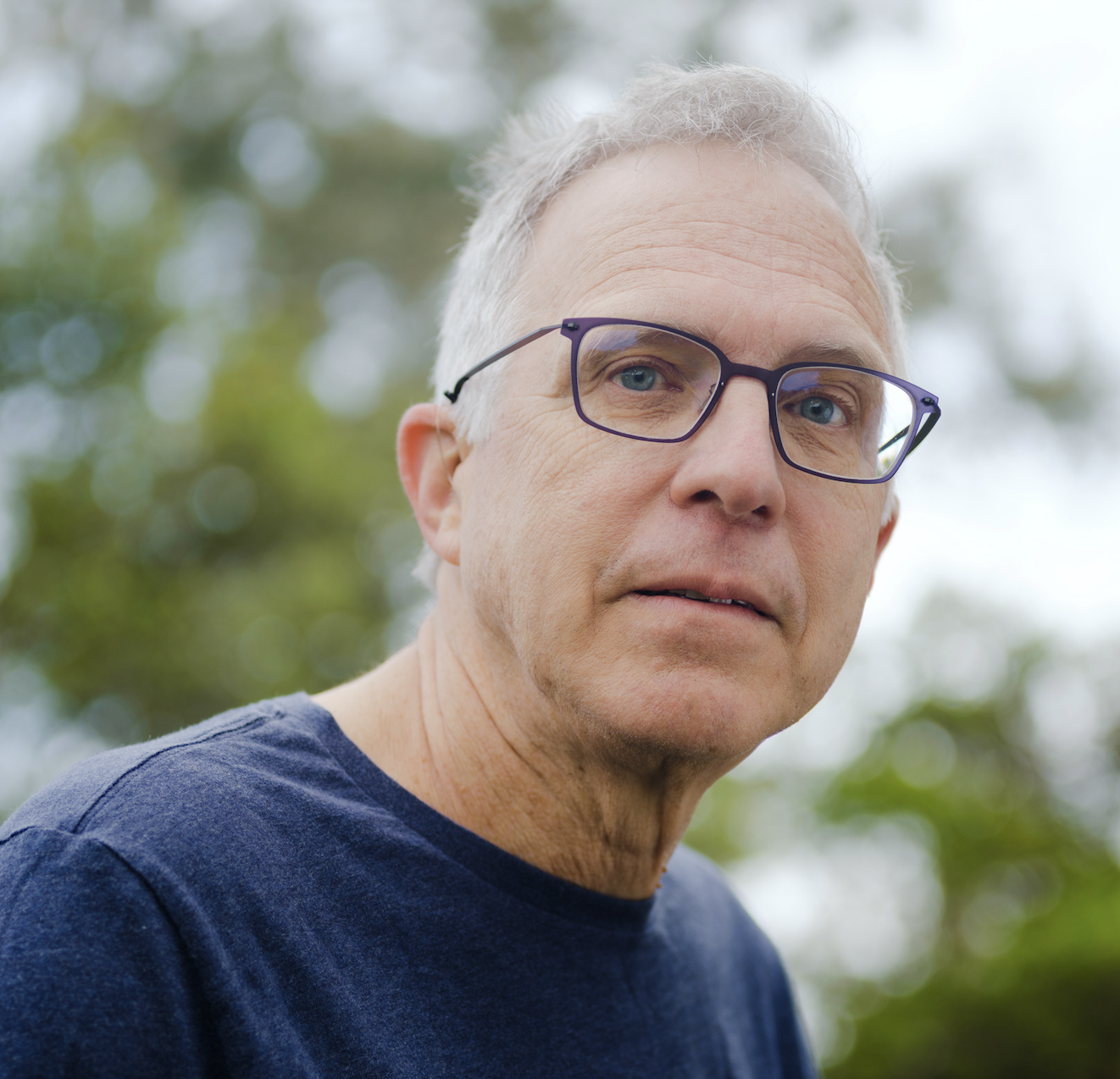
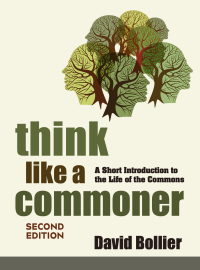
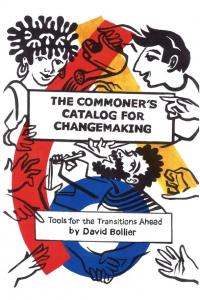
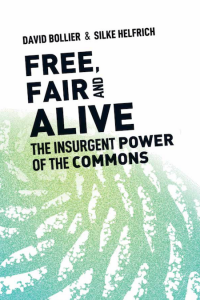
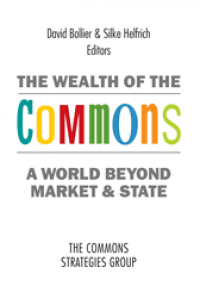
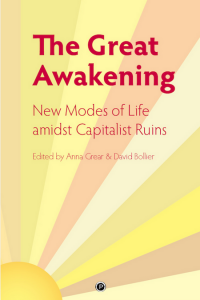
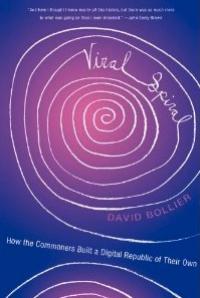
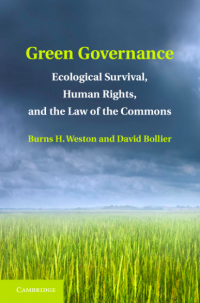

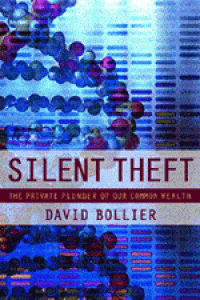
Recent comments